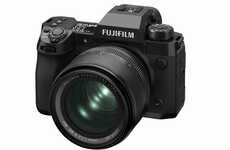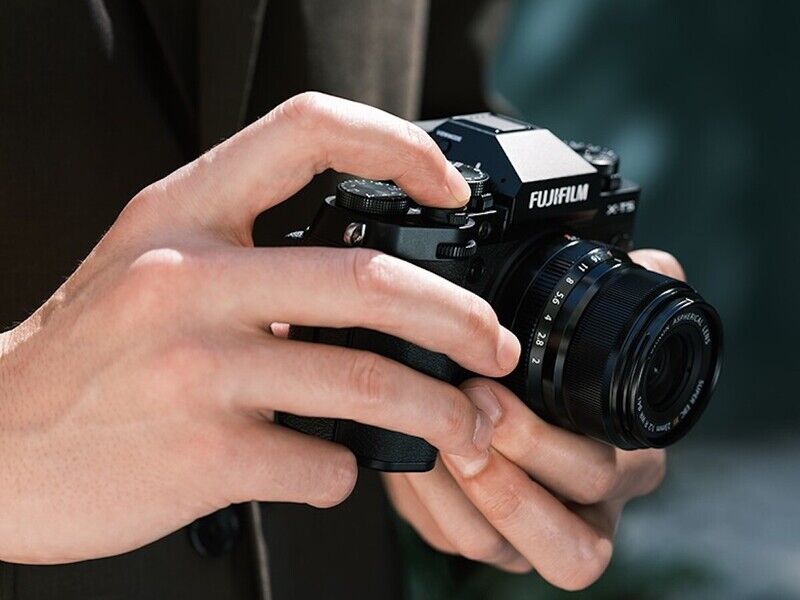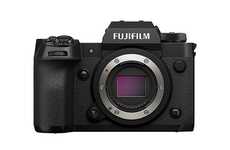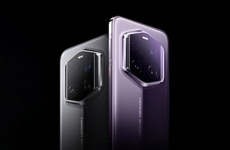
The FUJIFILM X-T5 Has a 40.2MP X-Trans CMOS 5 HR Sensor
Michael Hemsworth — November 12, 2022 — Tech
References: fujifilm-x & thegadgetflow
The FUJIFILM X-T5 digital camera is a fifth-generation photography model being offered as a high-resolution way to capture images. The camera features a 40.2MP X-Trans CMOS 5 HR sensor that's supported by an impressive image-processing algorithm to boost resolution without causing any issues for the signal-to-noise ratio. The unit has three top plate dials for controlling exposure, shutter speed and ISO, while the in-body image stabilization (IBIS) system has a five-axis design.
The FUJIFILM X-T5 digital camera has a three-way tilting LCD to maximize visibility from any angle and has a center viewfinder for maximizing versatility. Available now, the camera is priced at $1,699.95 and maintains an impressively compact design to make it suitable for everyday use or for capturing scenes when traveling.
The FUJIFILM X-T5 digital camera has a three-way tilting LCD to maximize visibility from any angle and has a center viewfinder for maximizing versatility. Available now, the camera is priced at $1,699.95 and maintains an impressively compact design to make it suitable for everyday use or for capturing scenes when traveling.
Trend Themes
1. High-resolution Digital Cameras - There is an opportunity for companies to develop similar high-resolution digital cameras with advanced image-processing algorithms and compact designs.
2. In-body Image Stabilization - The technology of in-body image stabilization (IBIS) can be utilized in various industries such as surveillance, robotics, and VR for improved image stabilization and clarity.
3. Tilting LCD Screens - Tilting LCD screens can be implemented in similar devices such as mobile phones or tablets for better viewing angles and improved user experience.
Industry Implications
1. Photography - Companies in the photography industry can take advantage of high-resolution digital cameras and in-body image stabilization technology to innovate and provide new, technically advanced products for consumers.
2. Surveillance - Surveillance companies can incorporate in-body image stabilization technology in their cameras for clearer images and better monitoring.
3. Virtual Reality - Virtual reality companies can use in-body image stabilization technology to improve user experience and reduce motion sickness when using VR equipment.
6.9
Score
Popularity
Activity
Freshness























